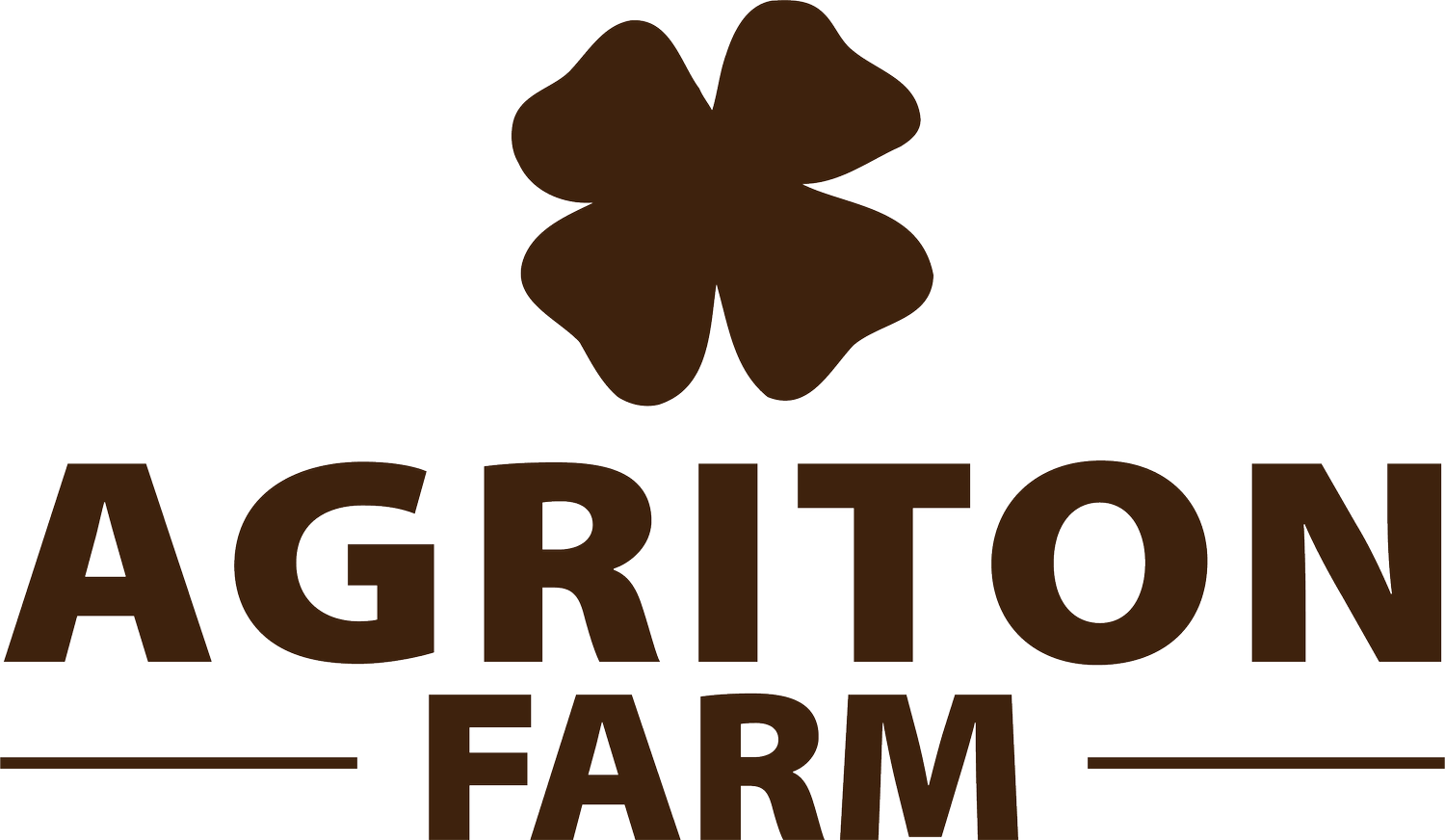Folklore Husbandry
What is Folklore husbandry, and how does it impact our practices on farm today?
History
The term “folklore husbandry” is used to describe methods and practices which become established without proper scientific evaluation and their justification lies in the expression “it’s how we’ve always done it”.
Derived in convenience and habit, these practices become established where their application becomes “normal” regardless of consequences and where “falsehood quickly becomes fact”.
Goldfish, for example do not possess a 3 second memory and therefore their small, dome bowls do not offer repeated new experiences – as once thought!
Evidence Based vs Anecdotal
Using anecdotal examples of best practice within animal husbandry, assessing what works best – how is this achieved and why – should be combined with evidence-based practice to really push boundaries of achieving optimal outcomes for both welfare and productivity. Some folklore practices offer simple practicalities which are appealing within our industry today – where time is both precious and carries a financial impact but are these always right, do they carry the best outcome and what if we did something else instead?
The evolution of science and increased awareness of welfare has pushed for advances in how we manage our livestock, from genetics, nutrition, housing to reduced antibiotic usage.
This is highlighted, following a quick look through a book entitled The Bovine Medicine: Diseases and Husbandry which was first published in 1991. Despite several updates it states, “scouring is most likely due to the calf being overfed and to cease milk feeding”. It goes on to advise a consumption of 2 litres of colostrum within 12 hours of birth via bucket feeding, and whilst labour-saving should not jeopardise welfare, some calf-rearers have found it more practical to feed once a day.
Summary
These insights are not to dam what was once reliable and necessary information but to highlight the importance of our scientific gains and if we are not utilising the valuable research by applying this science in our industries, we are not evolving our practices and gold standard care will always be slightly out of reach.
We now understand calves thrive on more milk – they have both the capacity and desire to drink more and in fact, this can also help alleviate symptoms of enteric disease in young calves. We recognise the importance of gut health and immunity and that supporting this through early-life nutrition can see improved yields in first lactation.
It is possible to maximise production whilst achieving optimal welfare by taking advantage of “new” science and stepping away from “habit” and realising our potential.
Keep Moving Forward
〰️
Keep Moving Forward 〰️
Have a question?
Please get in touch, via the website or socials attached above




